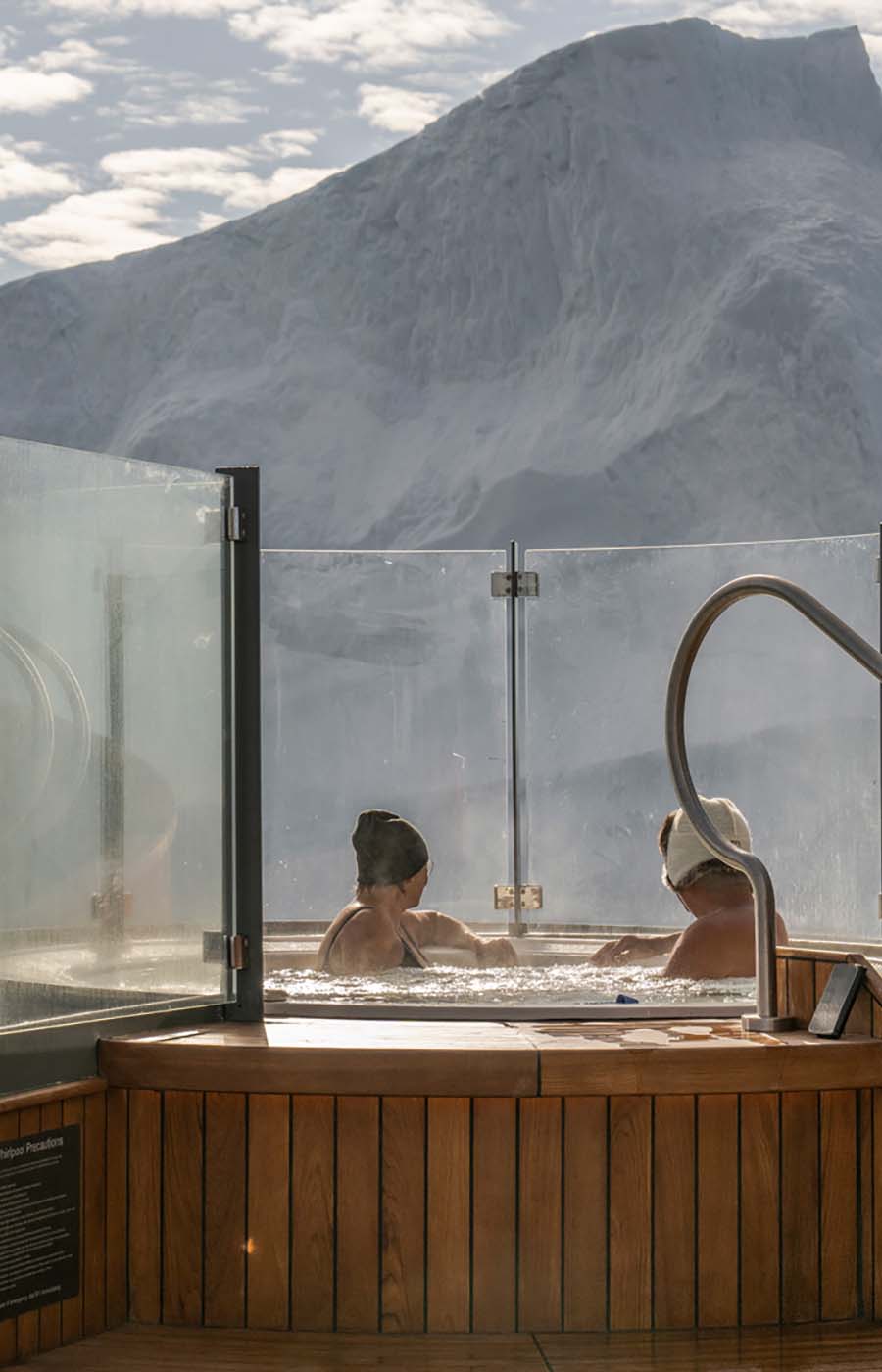No matter when you visit, expect stunning natural vistas, convivial traditions, community events, and a plethora of cultural attractions for every kind of explorer.
Bordered by Denmark, Norway, and Finland in the heart of Scandinavia, Sweden is a country of contrasts. Beloved by outdoor enthusiasts, the sparsely populated landscape features everything from lush boreal forests and sweeping coastlines to rolling hills and tranquil lakes.
Beyond natural wonders, the country’s major cities—Stockholm, Gothenburg, Malmö, Uppsala, and Västerås—have a distinctly lively yet laid-back atmosphere, marked by open-air museums and markets, world-renowned infrastructure and public services, and a famous culture of work-life balance.
The question of when to visit Sweden is entirely up to personal preference, since each season has its own charms, traditions, and weather conditions. To weather the seasonal fluctuations — think sub-zero temperatures in winter and 24-hour-sunlight in summer — heed the common Swedish saying “det finns inget dåligt väder, bara dåliga kläder” (there is no bad weather, only bad clothes).
As the snow melts, the days get longer, the Swedes shed their heavy layers and the country’s green spaces brim with activity. Exploring the outdoors is not only a nationwide pastime, it is a constitutional right sanctified by allemansrätt, or the right of public access. Under allemansrätt, everyone in Sweden is free to walk, cycle, ride, ski, and camp practically anywhere in nature.
A constellation of rivers, lakes, and archipelagos, Sweden is a prime spot for water recreation of all kinds. For river kayaking, head to Lapland, the country’s northernmost province where the Torne, Ume, Kalix, and Lule rivers cut through expansive Arctic marshes. Sea kayaking is the reigning water sport on the east coast, where you can explore tens of thousands of islands dotting the Stockholm archipelago. To the west, canoe in the flowing rivers and tranquil lakes of Värmland, a province also known for huge forests like the Glaskogen Nature Reserve.
Swedish summers are famous for their long, bright nights, and the farther north you go, the longer and brighter they get. Above the Arctic Circle in Lapland, the sun doesn’t set at all from late May to mid July—a natural phenomenon referred to as the Midnight Sun. The best place to view the “nightless night” is Abisko National Park, a picturesque mountain valley with blooming meadows, flowing rapids, and the sixth-largest lake in Sweden.
Even if you stay below the Arctic Circle, daylight extends long into the night. All across the country, communities large and small come together for midsommar, an outdoor celebration of the summer solstice. Characterized by maypole dancing, elaborate flower arrangements, and plenty of eating and drinking, the national holiday is a joyous occasion for locals and visitors alike.
Sweden’s fall climate is somewhat unpredictable: it can be T-shirt weather one day and raincoat weather the next. The star of the season is the fall foliage: come October, the tree-lined cities and forest-covered countryside burst with red, orange, and yellow leaves. To take advantage of the multicolored landscape, Swedes flock to outdoor markets and harvest festivals, the most famous of which is arguably the Skansen Autumn Fair.
As temperatures drop, Stockholm takes center stage as the country’s epicenter for indoor cultural events. From the Fringe Festival in September to the Jazz Festival in October and the Film Festival in November, the city hosts an array of inspiring artistic showcases all season long.
It’s no secret that Swedish winters are long, dark, and cold. Minimal daylight hours make for especially stunning views of the aurora borealis, a naturally occurring phenomenon where the sky lights up in technicolor pinks, greens, yellows, and blues. The mystical light show can be seen throughout Lapland as early as September, though it comes into full force in January. For the most dramatic views, head to Kiruna, the country’s northernmost city.
Beyond aurora borealis sightings, winter is prime time for a host of cold weather sports like dog sledding, ice skating, and cross country skiing. After a day in the snow, hit the baking-hot saunas—a popular form of post-sport socializing across the country.
Related Seabourn itineraries and amenities below
The whys, whats, and hows of the everyone’s food obsession.
72 hours in the crown jewel of Northern Europe
Actually, it’s more of a friendly competition when it comes to the traveler, as both of these countries offers natural and cultural wonders in spades.
Northern Europe has always been a real people-pleaser as a cruise destination, offering a wide variety of attractions that appeal to every traveler's appetite.

